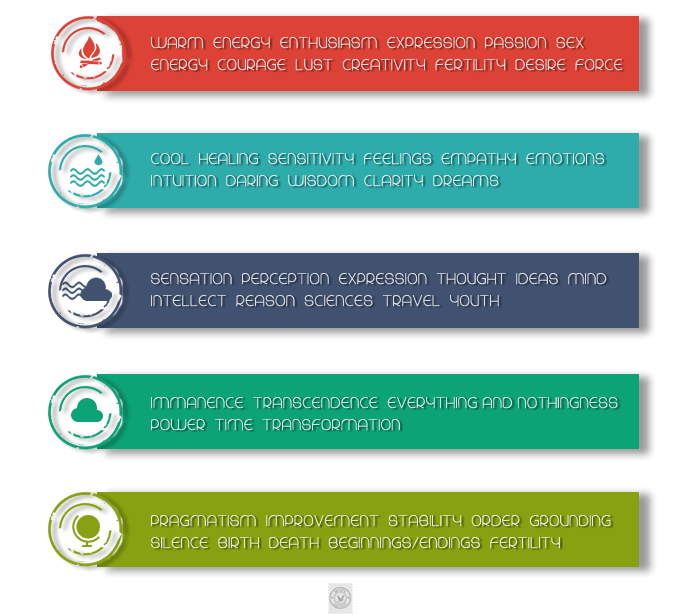Classical Elements 101
 |
| Classical elements are the ancient equivalent of the states of matter. |
If there is one thing common to the universe, the concept of classical elements is one of the most prominent examples. In a world divided by artificial borders and devil-in-disguised belief systems, we have some hope—as evident from this concept, there are entities like universal values, the pale blue dot and Google that we share together.
In Democracy as a Universal Value, Amartya Sen illustrates the meaning of universal value by referencing Mahatma Gandhi: when the latter was arguing that non-violence is a universal value, he was arguing that all people have reason to value non-violence, not that all people currently value non-violence.
Classical elements are the ancient equivalent of the states of matter. Conceptually, the Earth is the solid state, water the liquid, air the gas and fire the plasma. The only difference is in the categorisation that varies from one culture to another.
Classical elements are the ancient equivalent of the states of matter. Conceptually, the Earth is the solid state, water the liquid, air the gas and fire the plasma. The only difference is in the categorisation that varies from one culture to another.
Some of the well-known classical elements of different societies, including fictional accounts, are listed below (in alphabetical order):
POSTSCRIPT
In contemporary chemistry, scientists have divided the elements microscopically into classes of elementary particles with no substructure and composite particles with substructure.
Buddhism (catudhatu) Earth Water Fire Air
China (wŭ xíng) Fire Earth Metal Water Wood
Egypt (Kore Kosmou) Fire Water Air Earth
Hinduism (pancha mahābhūta) Earth Water Fire Air Space
Japan (godai) Earth Water Fire Air Void
Greece (stoicheion) Fire Air Water Earth Aether
Meiteism (thəwɑi məngɑ) Fire Water Air Earth Space
Tibet (Bön) Earth Water Fire Air Space
Western pop culture (in films and television series)
Angels and Demons Earth Air Fire Water
Captain America Fire Earth Wind Water
Digimon Flame Light Ice Wind Thunder Earth Water Steel Wood Darkness
Harry Potter Air Earth Water Fire
Star Trek: The Next Generation Sky Fire Rock Water Lightning
Teenage Mutant Ninja Turtles Earth Fire Water Wind Metal
In contemporary chemistry, scientists have divided the elements microscopically into classes of elementary particles with no substructure and composite particles with substructure.




Comments
Post a Comment